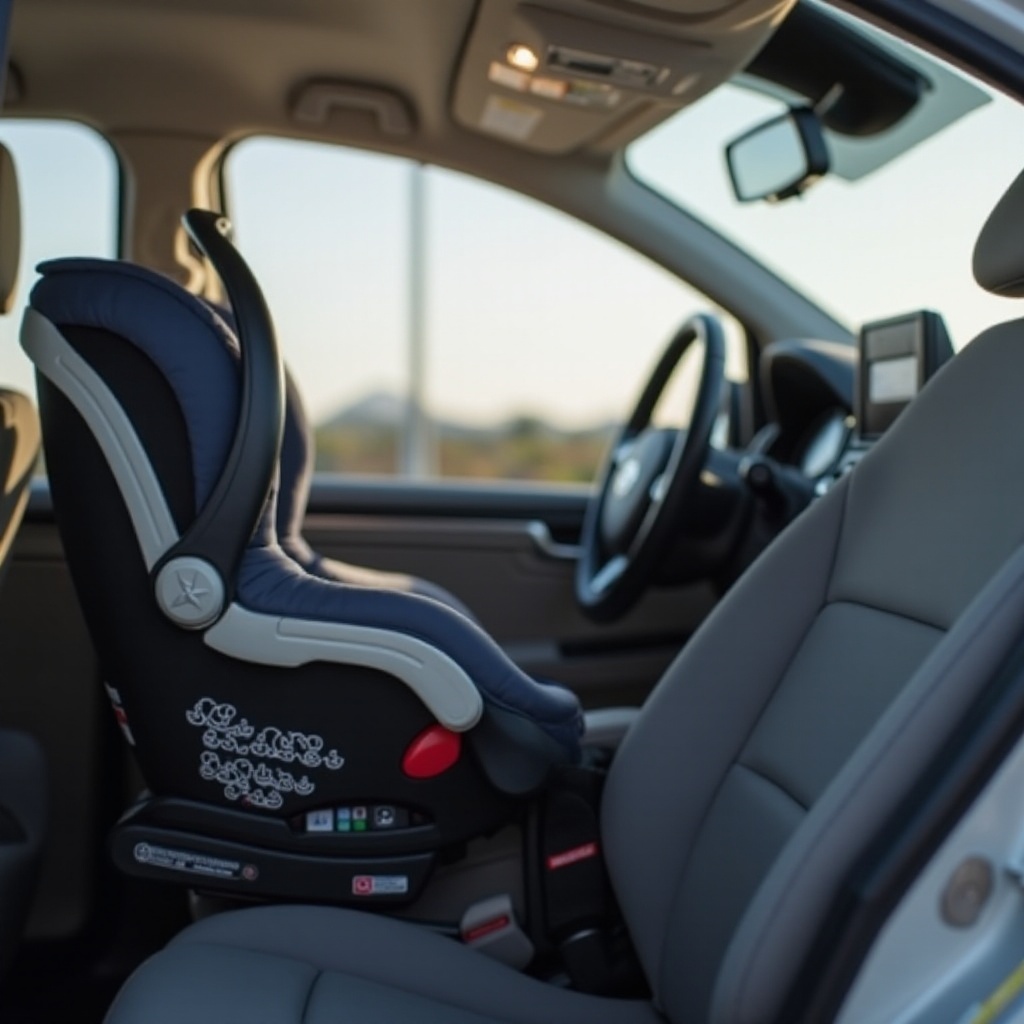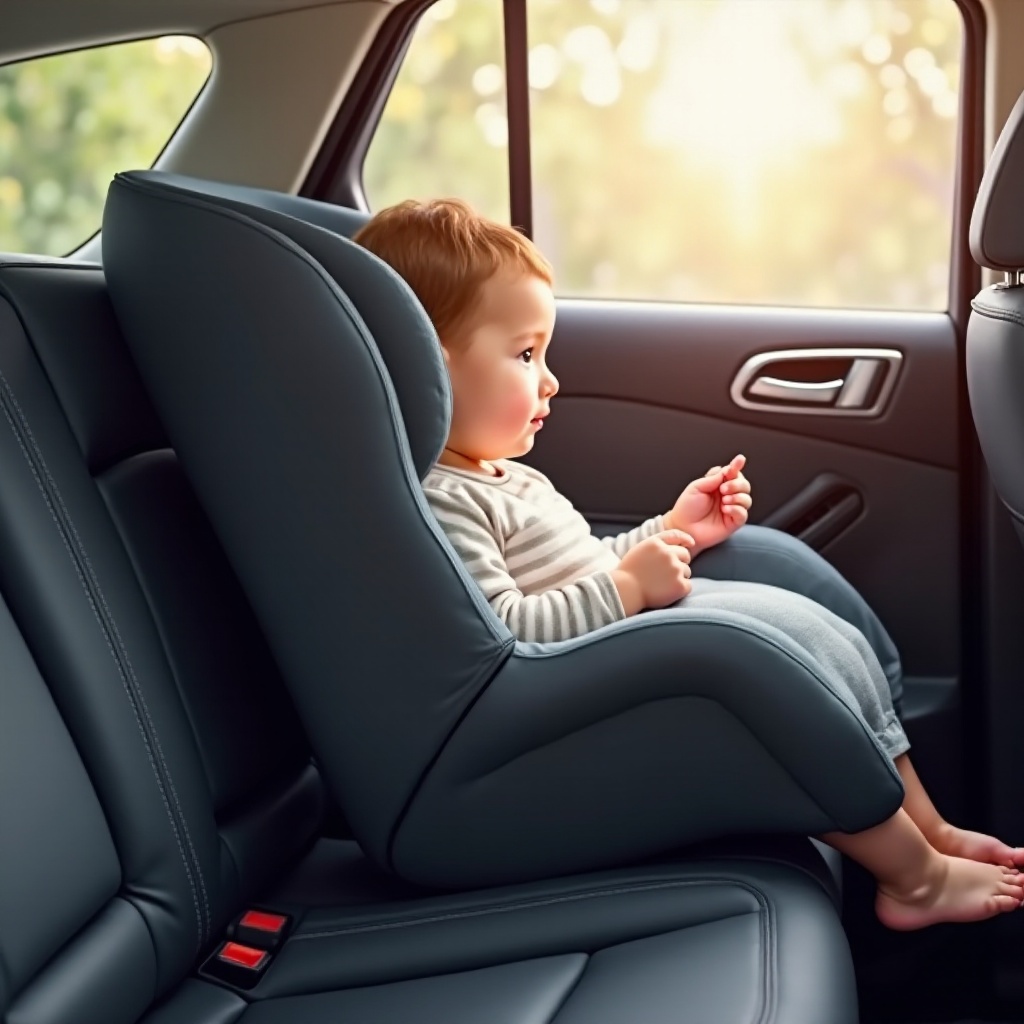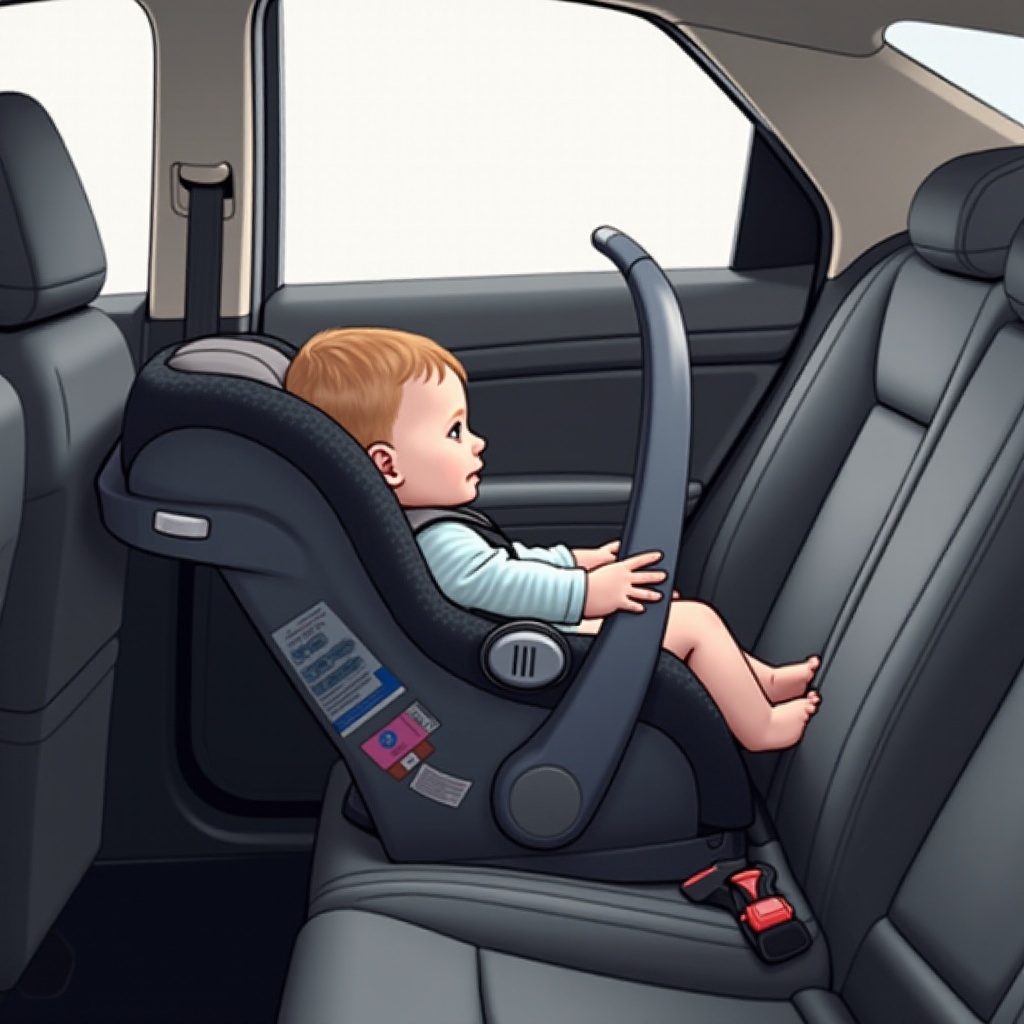Should Your Infant Car Seat Handle Be Up or Down? A Comprehensive Guide
Introduction
Properly securing your infant in a car seat is vital for their safety during travel. Once your car seat is correctly installed, another important aspect arises: the position of the car seat handle. Whether it should be up or down may seem trivial, but it has important safety implications. This guide explores expert insights and practical tips to help you make the best choice for your child’s safety.

Understanding Infant Car Seat Design
Infant car seats are precision-engineered with several components designed to protect your baby. The handle is not merely for carrying but can significantly affect the car seat’s safety during transit. Typically, handles are intended to ease the transport of the seat and provide additional support during impact. Knowing how this component works and its role can help ensure it’s used effectively.
Most infant car seats utilize the handle as an ergonomic solution, allowing parents to carry the seat comfortably without waking the baby. Being informed about these design elements helps us transition into the guidelines provided by the industry, assisting with informed decisions about handle positioning.
Industry Guidelines on Handle Position
Guidance from safety organizations and manufacturers is essential when considering handle positioning. These recommendations are backed by extensive safety testing. They usually indicate a handle position based on the design and safety profile of the seat.
- Consult the Manual: Each car seat model comes with manufacturer guidelines which should be your primary reference for handle positioning.
- Follow Expert Advice: Prominent safety bodies recommend handle positions based on safety tests performed under various conditions.
These guidelines aim to harmonize the ease of use with maximum protection. Comprehending these leads us to explore the potential advantages of different handle positions.
Benefits of Handle Up Position
Choosing the handle up position offers several practical benefits, particularly for parents on the go. Understanding these advantages might help you determine when this position best suits your needs.
- Easy Transitions: Keeping the handle up facilitates quick movement between car, home, and the stroller.
- Added Protection: In specific models, the handle might provide added side-impact protection, functioning as a makeshift roll bar.
- Convenience: It allows for immediate mobility without needing to adjust the handle, saving time and effort.
Recognizing these upsides is crucial, but it’s equally important to know instances where the handle down position could be safer, leading us into our next section.
Benefits of Handle Down Position
Maintaining the handle in the down position can have distinct advantages concerning vehicle compatibility and the stability of the car seat.
- Enhanced Stability: Some designs perform better crash-wise when the handle is down, offering a more stable seating profile.
- Vehicle Compatibility: This position often fits better with vehicle seat designs, providing a snug and more secure install.
- Less Distraction: A down handle minimizes visual clutter and distraction, allowing you to stay focused while driving.
Exploring the advantages of both positions empowers us with knowledge to address misconceptions about handle positioning, which is our next focus.

Common Misconceptions About Handle Position
Several myths surround the proper positioning of car seat handles. Clearing these misconceptions is essential for ensuring safety.
- Myth 1: Handle position doesn’t matter for safety. In truth, an improperly positioned handle can be dangerous during a collision.
- Myth 2: One-size-fits-all approach. Handle positioning depends on the specific model and should align with manufacturer guidelines.
- Myth 3: Handles can remain unlocked. Not securing the handle can lead to unwanted movement, endangering your child.
By debunking these myths, parents can confidently use the handle appropriately. Let’s further enhance this knowledge with practical tips for safe handling.

Practical Tips for Safe Handle Use
Beyond understanding the right position, ensuring the handle is adjusted and secured correctly is key. Consider these practical tips:
- Secure the Handle: Always lock the handle in the chosen position to prevent movement during transit.
- Regular Inspections: Perform periodic checks to ensure the handle’s locking mechanism functions adequately.
- Utilize Resources: Make use of instructional videos or guides provided by manufacturers for proper handle use.
By following these suggestions, you maximize both the safety and functionality of your infant’s car seat. Moving on, we explore future trends and innovations that could influence car seat design and handle use.
Innovations and Future Trends in Car Seat Design
Car seat designs are continuously evolving, incorporating innovative technologies to enhance safety and functionality, especially regarding handle use.
- Adjustable Handle Systems: Many new designs allow automatic adjustments based on the seat’s orientation, improving user convenience.
- Smart Safety Features: Some car seats now feature sensors to alert caregivers if the handle is improperly positioned, increasing safety.
- Material Advancements: New materials offer improved shock absorption, reinforcing the safety aspects linked to handle positioning.
These advancements demonstrate the potential for enhanced infant safety. Staying informed about these changes allows parents to make better decisions regarding car seat purchases.
Conclusion
The position of your infant car seat handle is not just a matter of convenience. It involves thoughtful consideration of safety guidelines and recommendations. Equipping yourself with this knowledge, along with staying informed about emerging trends, ensures your child receives the safest travel experience. We encourage parents to routinely review their car seat instructions and keep abreast of the latest safety developments.
Frequently Asked Questions
Can the handle position affect safety in a crash?
Yes, an improper handle position can compromise the car seat’s stability during a crash, potentially leading to unsafe conditions.
How often should I check the handle lock mechanism?
Check it regularly, ideally before every journey, to ensure it functions correctly and the handle is securely locked in place.
Are there any new car seat models with enhanced handle safety?
Yes, innovative models feature auto-adjustable handles and integrated safety sensors, promoting enhanced safety through modern technology.

